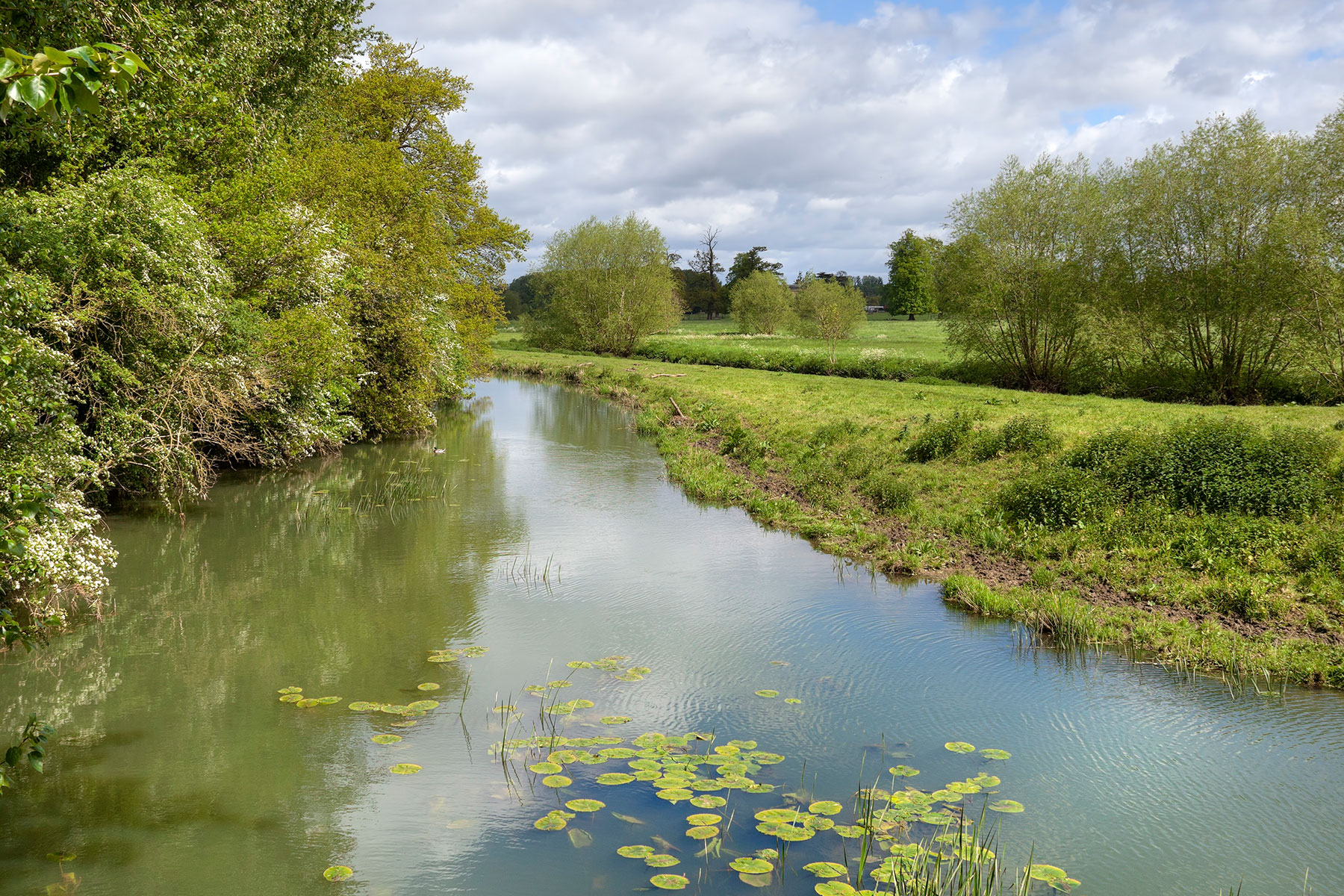Shining a light on dark patterns: online sales practices subject to scrutiny by the CMA
You walk into a store, the countdown has begun. 45 seconds to purchase a plain white two slice toaster at a 50% reduction before the offer is retracted. The image of the toaster is engrained in your mind: a recurring dream but you cannot pinpoint when it began. Was it the advertisement you saw at the bus stop or whilst you were waiting for your food in a restaurant? Maybe it was the glowing, and seemingly genuine, review from Mark who insisted it’s “quality!” and without it, you may as well not bother toasting bread at all.
It’s an immediate run to checkout with only 20 seconds remaining, the card is at the ready – to miss a bargain like this would be foolish. The assistant insists you have made the best purchase of your life and before you know it, you are the proud owner of a mediocre toaster.
Small print: packaging, postage and VAT are not included in the purchase price.
This fictitious purchasing journey is enough to put anyone off shopping on the high street, but this practice is not uncommon in the world of several online retailers who expose their customers to relentless sales tactics such as fake reviews, price reduction countdowns and claims of urgency, collectively dubbed “dark patterns”.
In light of the Competition and Markets Authority’s (CMA) investigation into the mattress retailer, Emma Sleep GmbH, and the introduction of the Digital Markets, Competition and Consumer Act 2024 (the DMCCA), sales tactics that excessively demand or deceive customers into making purchases are being scrutinised and online retailers are being held to account for their actions.
The Emma Sleep Investigation
The CMA set out to target retailers who utilise misleading sales practices in a digital sphere by analysing the design of online environments that affect a consumer’s decision making and action, known as Online Choice Architecture (OCA).
OCA practices include the presentation and placement of products as well as the design of the website itself which can benefit a consumer’s purchasing journey by creating a straightforward process, a useful selection of products that suit the consumer’s needs and simplifying the amount of information available.
It can also be designed to benefit the retailer to the detriment of the consumer. OCA can be used to introduce urgency tactics which alter the consumer’s behaviour by encouraging unnecessary purchases, receiving poor services and/or products, or prohibiting the consumer’s ability to search for alternatives.
Moreover, OCA can be used to increase product engagement by sharing products on social networks and encourage data disclosures by consumers.
In November 2022, the CMA launched its investigation into Emma Sleep’s use of ‘urgency’ claims and how the use of countdown timers and time limited discounts misled customers which in turn may be considered a breach of consumer law.
The CMA published a consultation letter in July 2023 confirming the discount claims made by the mattress retailer were not a genuine representation of the savings made by the consumer as the products were rarely sold at full price.
The use of urgency tactics, including countdown clocks such as 24-hour sales which were subsequently replaced by another sale, were considered “as giving a misleading impression that discounts would soon end” which would pressure consumers into buying.
Emma Sleep GmbH did not agree to give sufficient undertakings to the CMA to address its practices. On 29 May 2024, the regulator issued a letter before the claim, threatening proceedings unless the retailer changed its practices.
Under the new DMCCA, the CMAs powers have been strengthened and those who fall foul of consumer laws can be directly penalised by the CMA without the need for court proceedings.
The Digital Markets, Competition and Consumers Act 2024
The eagerly anticipated DMCCA received Royal Assent on 24 May 2024 and is set to hold online retailers responsible for manipulative sales practices. The use of “dark patterns” to sell products and/or services will be deemed an unfair practice under the consumer law which is set to be in force by Autumn 2024.
The DCCA introduces significant changes to consumer rights as well as the regulation of competition in digital markets including mandatory merging reporting requirements and pro-competition interventions.
- Unfair trading: Revoking the Consumer Protection from Unfair Trading Regulations 2008, the DMCCA seeks to protect consumers from unfair commercial practices that are likely to give rise to the “average consumer” making a transactional decision that they would not have otherwise taken had they not been subjected to a misleading action, omission or aggressive practice, the traders failure to include relevant information in the invitation to purchase, or any circumstances listed in Schedule 20 of the DMCCA.
- Subscription contracts: A contract between consumer and trader for the supply of goods, services or digital content that auto-renews or contains a free or reduced trial, after which the consumer automatically incurs liability unless the contract is terminated, will now require informed consent and opt-out notices. Traders are now expected to set out pre-contract information to the consumer clearly and issue alerts when the contract is due to end or renew, allowing the consumer to terminate in a straightforward manner. A 14-day cooling off period will also be available.
- Drip pricing: A term used to describe the act of presenting an initial price for a product and then adding supplemental charges (such as VAT, postage and packaging, and booking fees) at the checkout. The DMCCA will now require traders to set out any additional charges from the outset.
- Fake consumer reviews: The progression of AI has led to a number of fake reviews being generated and posted to reviewing platforms deceiving consumers into believing they are real. Any submission or commission of a fake review will be deemed an unfair practice. Traders must take reasonable and proportionate steps to prevent the publication of fake reviews that are misleading or are concealing incentivisation.
The DMCCA and the actions of the CMA holding large digital retailers to account for demanding and aggressive sales tactics is a significant step for consumer protection rights. The CMA holds significant powers – traders should not ignore any potential issues in the hope that they will “go away”.
Should you wish to discuss any of the issues raised in this article, please do not hesitate to contact Tom Torkar.




















